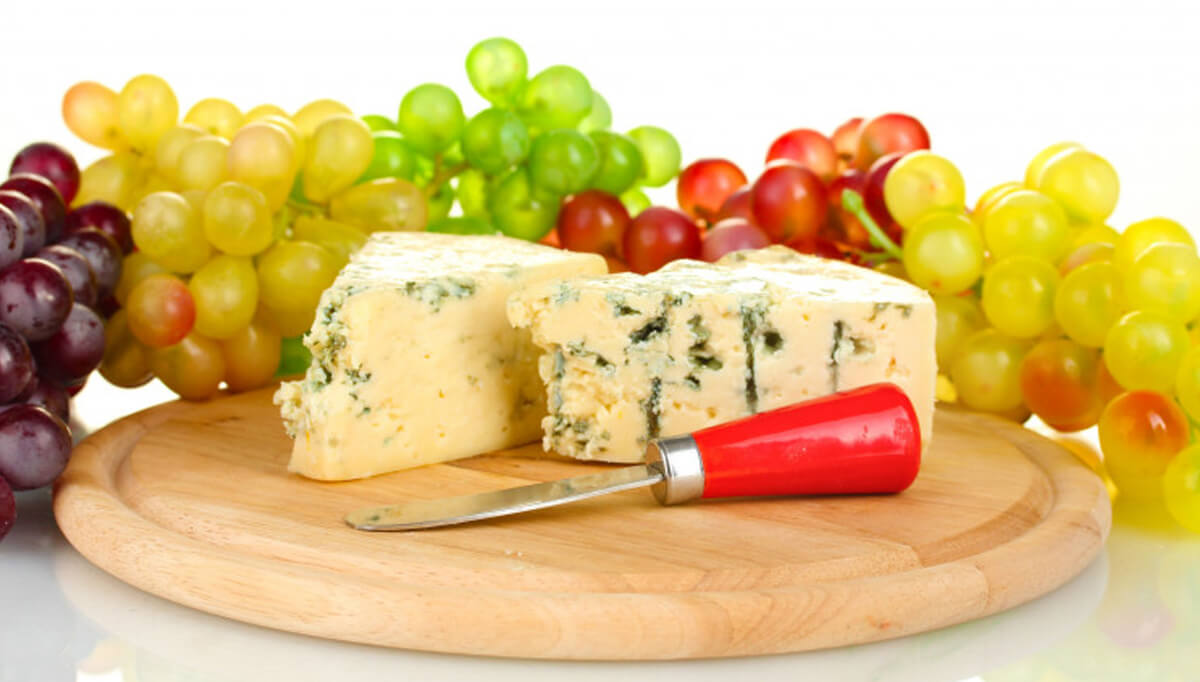Mold on food automatically warns that the food is not safe to consume, but there are exceptions that can be seen through the fingers and still enjoy delicious snacks
One should be very careful with the food on which the mold has developed because certain species produce dangerous mycotoxins. Among them, aflatoxin is the best known and scientists have linked it to causing cancer. According to The Huffington Post, on the other hand, it is well known that certain types of mold are harmless to health and can be eaten if we cut off the part where it formed, for example, the desirable fungi on some types of cheese.
Dried meat products have a long shelf life, so it is not surprising that over time they can create a thin layer of mold. If the slice has not expired, cut off the outer layer on which the mold has formed. Like cured meats, hard cheeses, too, can develop mold on the surface if left to stand for long periods of time, but that doesn’t mean they’re spoiled. The procedure is the same – cut at least an inch of cheese on the side where the mold has formed and you can consume it without worries.
While a moldy peach just has to be thrown away because it has a soft rind and the fungus has probably caught the inside of the fruit, you don’t have to do that with harder fruits and vegetables. For example, carrots or peppers are not dangerous to eat if they are affected by mold that you will remove just like the one on cheese or cured meat products. As with soft fruits and vegetables, foods like bread, jam, cottage cheese, or yogurt are not safe to consume if mold has formed on them so you have to throw them away.


